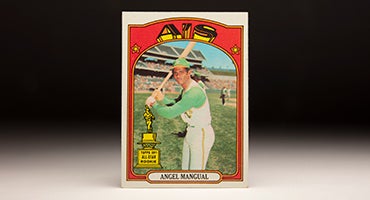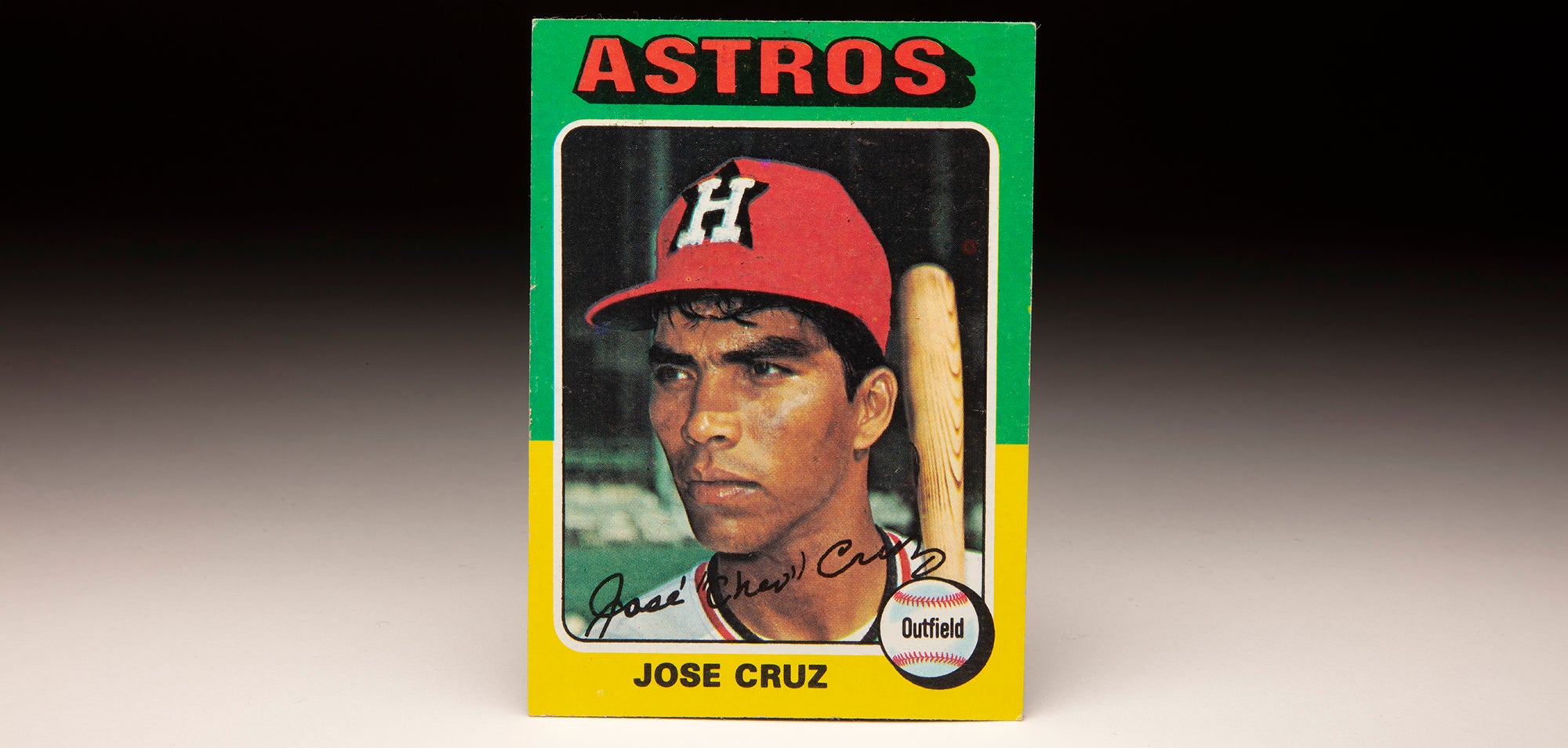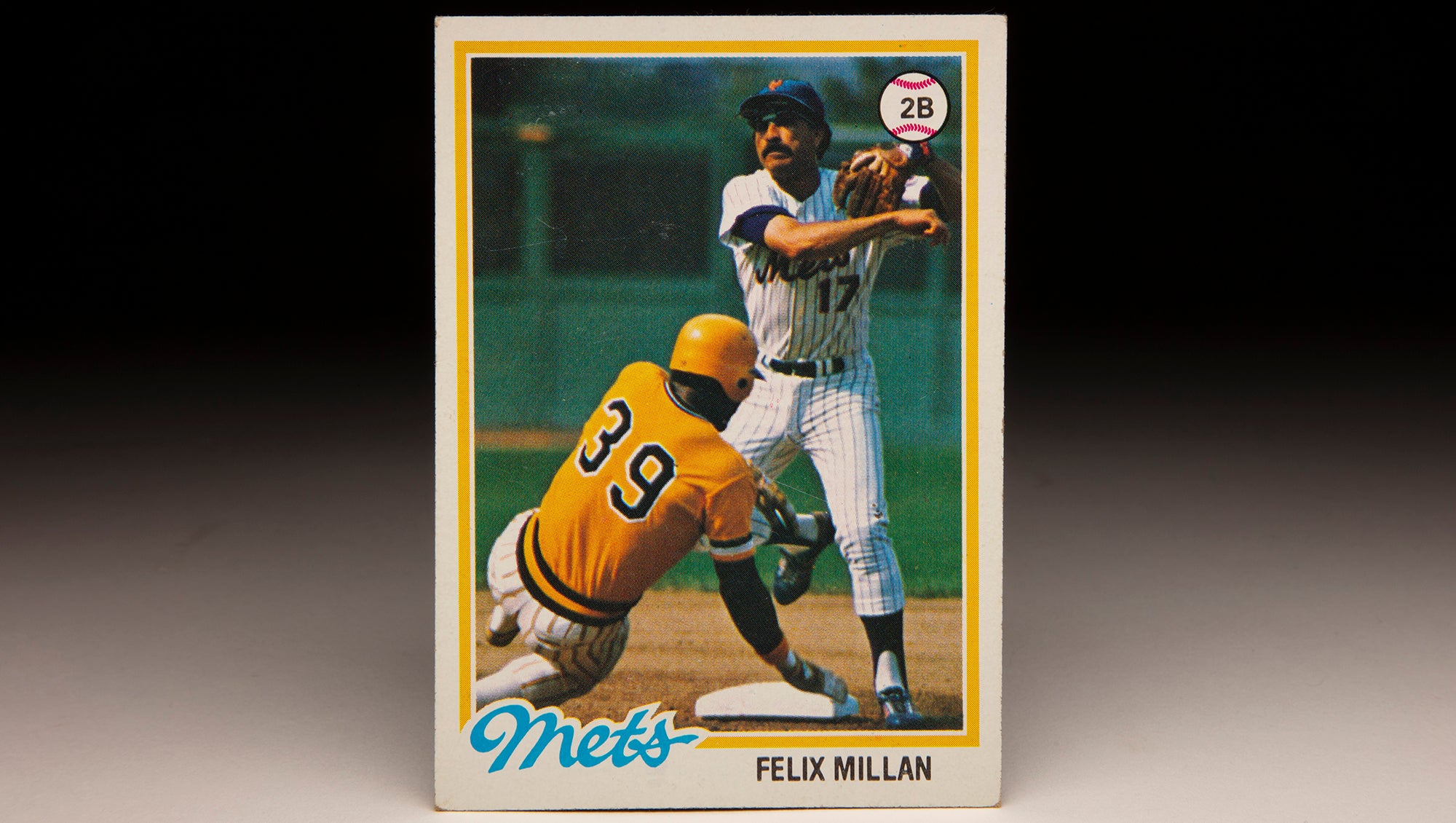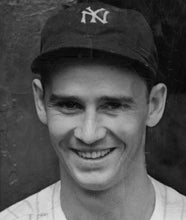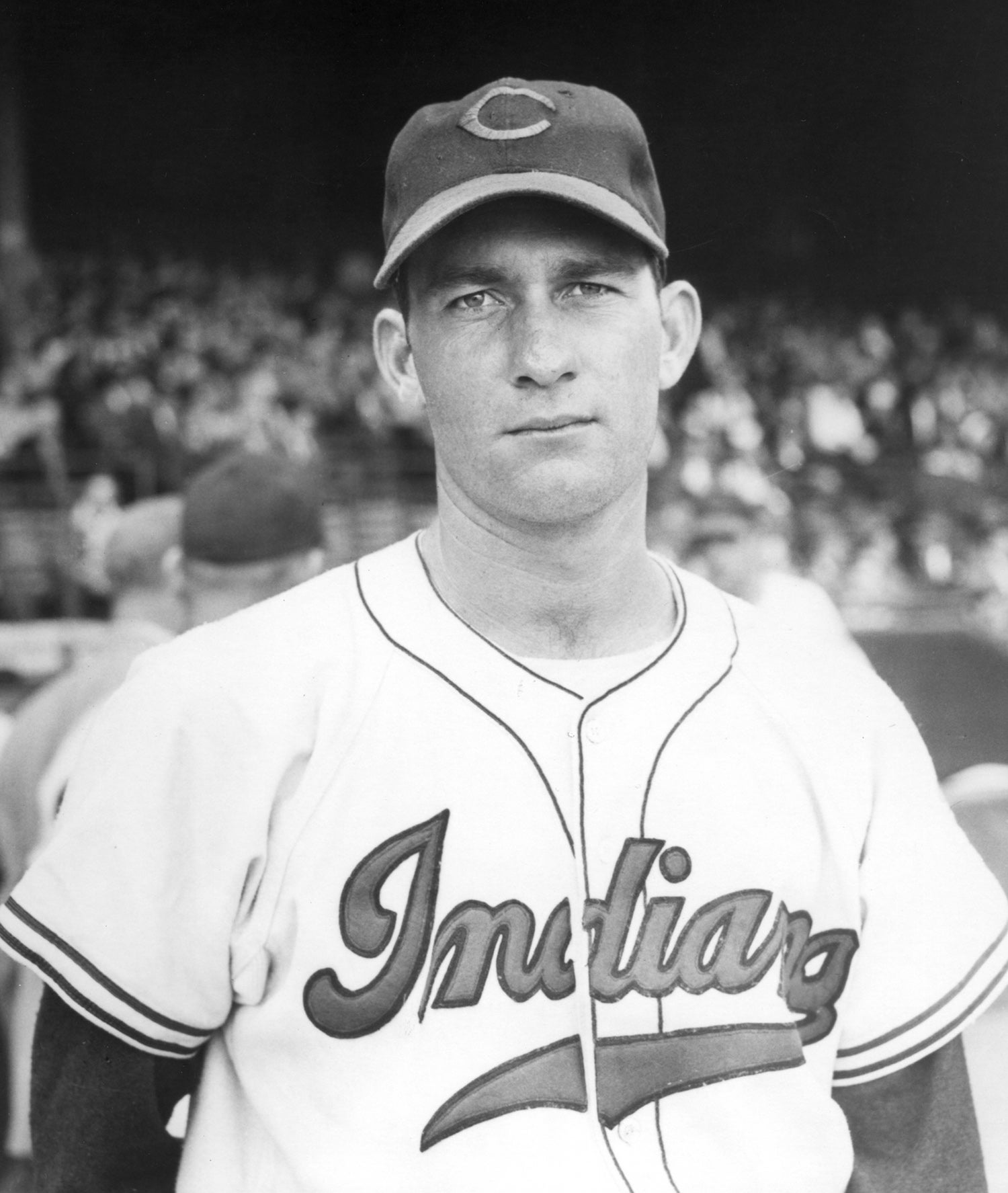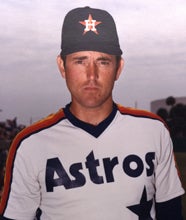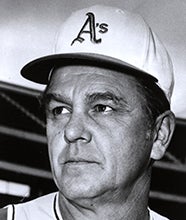- Home
- Our Stories
- #CardCorner: 1975 Topps Ellie Rodríguez
#CardCorner: 1975 Topps Ellie Rodríguez
Over nine big league seasons, Ellie Rodríguez earned two All-Star Game selections, posted an on-base percentage of better than .350 and was widely regarded as one of the best defensive catchers in the game.
Move those numbers from the pre-free agency era – where Rodríguez spent almost his entire career – to today’s game and you’d have one of the most in-demand players in baseball.
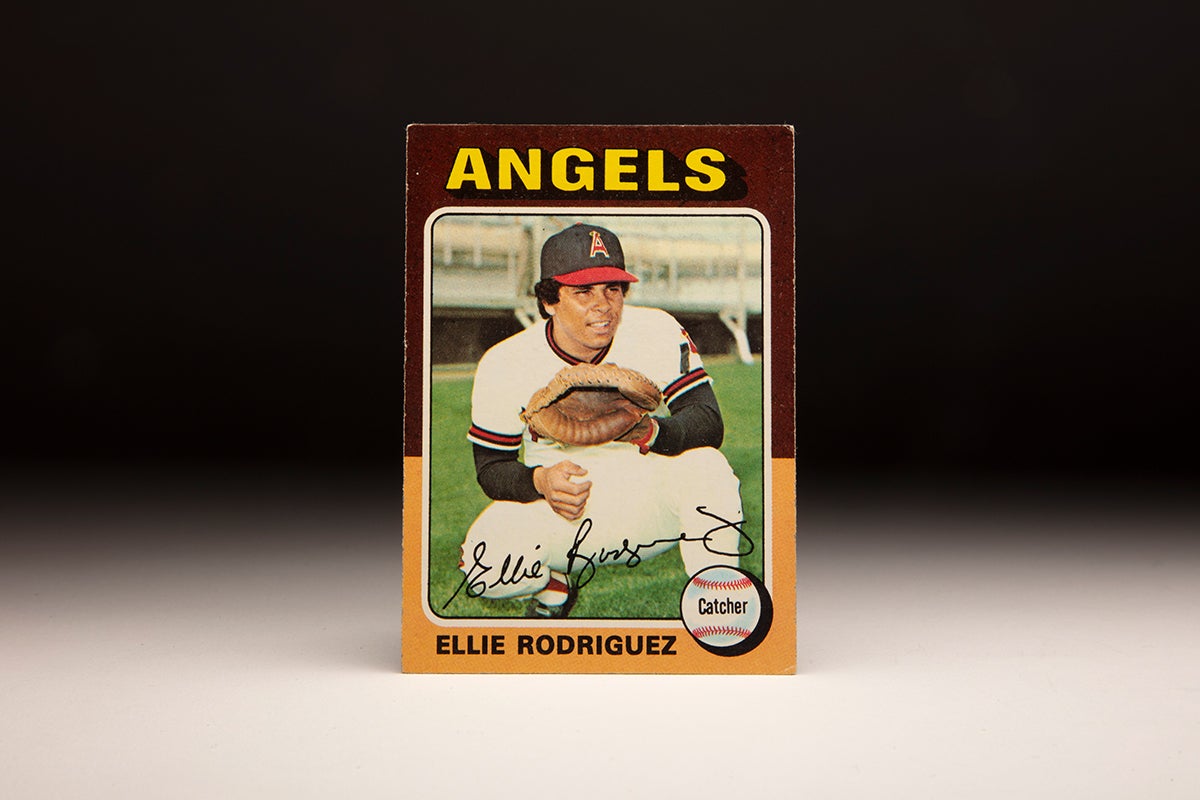
Eliseo Rodríguez was born May 24, 1946, in Fajardo, Puerto Rico. His family relocated to New York City in the early 1950s, and Rodríguez grew up a Yankees fan in the Crotona Park section of the Bronx, just a couple miles from Yankee Stadium.
“Night games, weekends, whenever school was out,” Rodríguez told Newsday about his visits to the House That Ruth Built.
Rodríguez’s athletic journey began as a boxer, and he eventually fought in Golden Gloves bouts in New York City, winning twice in the 165-pound division.
“My friends boxed. They got me interested,” Rodríguez told the Kansas City Star in 1969. “I grew up around 174th Street, near where Rocky Colavito grew up. You had to be able to fight around there.”
Rodríguez didn’t play high school baseball but found his niche on the sandlots, gravitating toward catcher because it was the center of the action. Eventually, one of Rodríguez’s teams played a series of games in Puerto Rico, where he came to the attention of Kansas City Athletics scout Felix Delgado, a former Negro National League player with the New York Cubans who was also from Puerto Rico.
“Felix Delgado watched us, but he couldn’t sign any of us because we were from New York and out of his territory,” Rodríguez told the Star. “He got (Tom) Giordano to sign me when we got back home.”
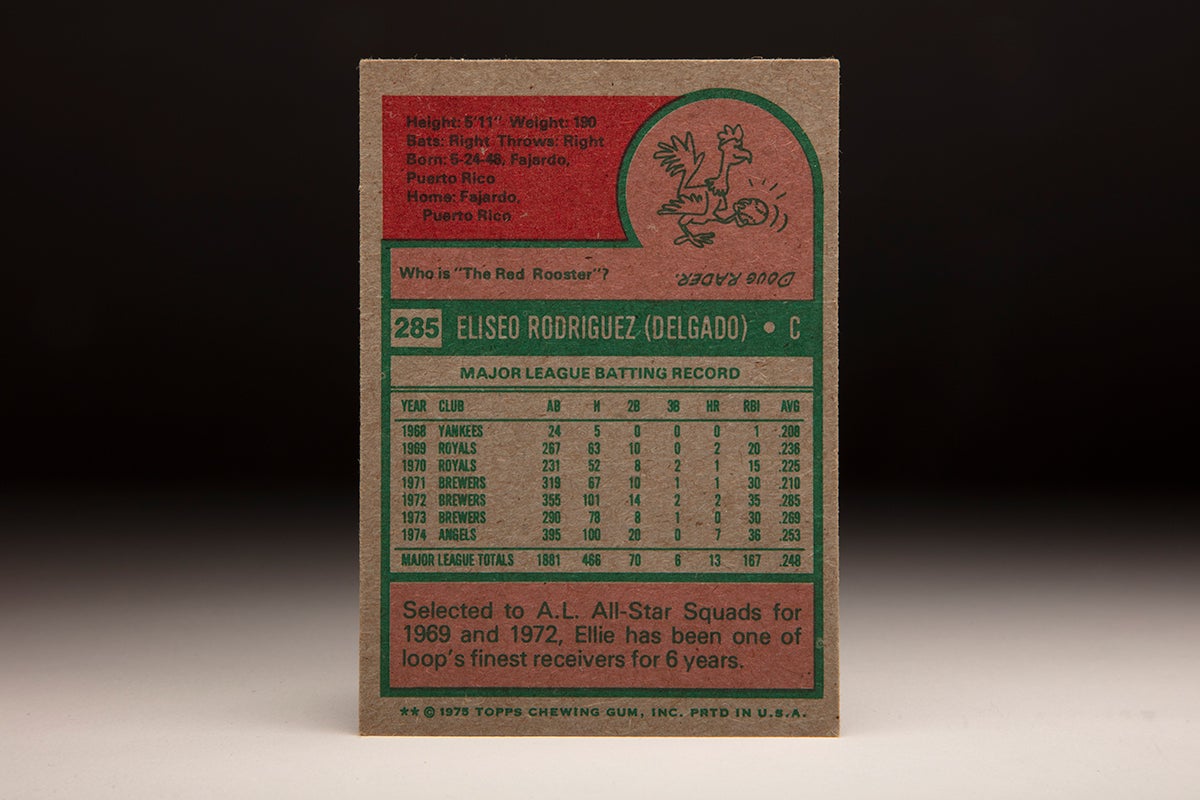
Rodríguez received a modest bonus from the Athletics and spent the 1964 season with Wytheville of the Appalachian League and Daytona Beach of the Florida State League, hitting a combined .332 in 73 games. But the Athletics did not protect Rodríguez in the first-year player draft – choosing instead to protect top catching prospect Rene Lachemann – and the Yankees claimed him on Nov. 30, 1964.
Rodríguez was invited to the Yankees’ big league spring training camp in Fort Lauderdale, Fla., in 1965 but knew he was destined for the minors for more seasoning. He spent that year with Greensboro of the Class A Carolina League, hitting .272 in 108 games. He was promoted to Double-A Columbus of the Southern League in 1966 and made his way to Triple-A Syracuse in 1967, spending each spring with the Yankees before heading back down to the minors.
But in 1968, Rodríguez was given a chance to make the big league roster. And when Frank Fernández – who backed up starter Jake Gibbs – was away for his military reserve commitments, Rodríguez was recalled from Syracuse. He made the round-trip multiple times, debuting with New York on May 26 against the White Sox. He appeared in nine games with the Yankees that year and another 45 with Syracuse, hitting .291 in the minor leagues while going 5-for-24 at the plate with the Yankees.
“They told me before the season I’d be the shuttle catcher,” Rodríguez said. “So I wasn’t surprised at catching batting practice and filling up a hole in the bullpen.”
Rodríguez also wasn’t surprised when the Yankees left him unprotected in the Expansion Draft that was used to stock the two new American League teams that started play in 1969: The Kansas City Royals and the Seattle Pilots. With top prospect Thurman Munson on the way, the Yankees figured to be set at catcher for years to come. And in the short term, the team chose to protect Fernández instead of Rodríguez.
On Oct. 15, the Royals selected Rodríguez with the 13th pick in the draft.
Royals manager Joe Gordon immediately threw his support behind Rodríguez, who was considered MLB-ready defensively but was unproven with the bat.
“Gordon tells me I can hit,” Rodríguez told the Star. “He has helped me, too. I want a chance to play. I want to show people.”
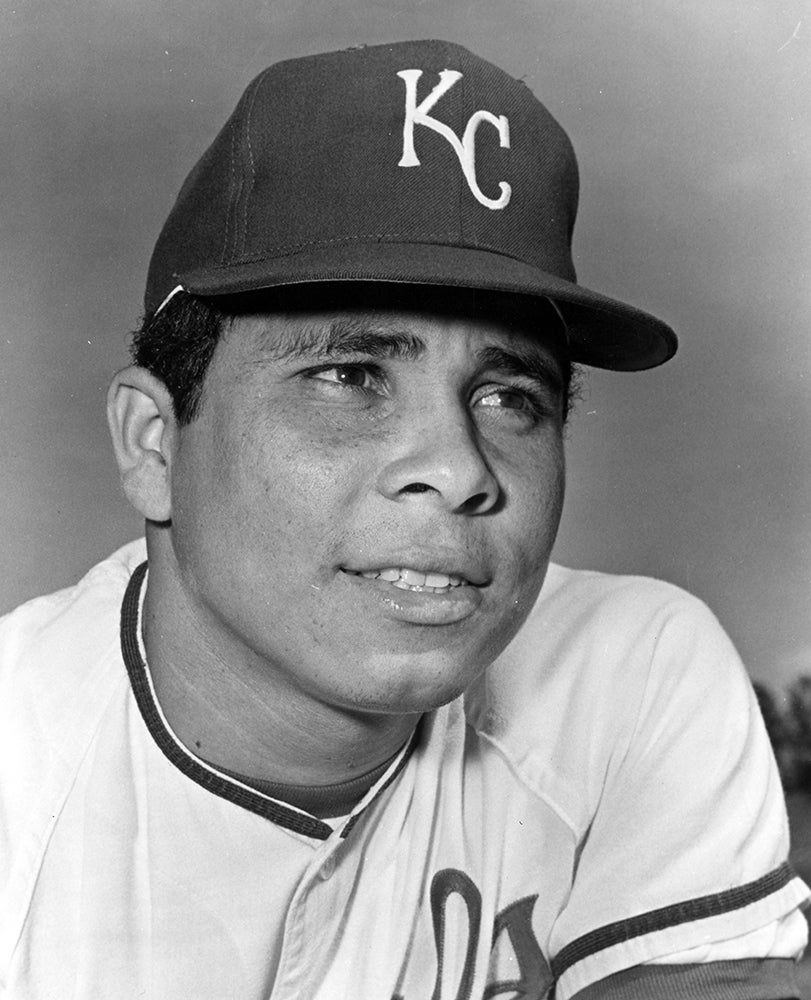
On April 8, 1969, Rodríguez started the first game in Royals history, going 1-for-5 with a double and a run scored in Kansas City’s 4-3 win over the Twins. He hit .236 in 95 games that season, throwing out 45.3 percent of runners who tried to steal (third in the AL) while becoming the Royals’ first-ever representative at the All-Star Game.
Rodríguez reminded the Yankees’ brass what they were missing during Kansas City’s first trip to New York during the season. In the three-game series at Yankee Stadium June 9-11, Rodríguez went 5-for-13 (.385) with a home run and five RBI.
“I liked Rodríguez,” Yankees manager Ralph Houk told the Associated Press after Rodríguez’s three-run homer powered the Royals to a 7-1 win on June 9. “I originally drafted him from the Kansas City Athletics after his first year in pro ball. He’s a good little catcher but he never showed he was going to hit too much. You can find defensive catchers a lot easier than guys who can hit the ball.”
Rodríguez’s homer against the Yankees was his second of the season – and his career – and proved to be his final home run of 1969. In 1970, Charlie Metro replaced Gordon as Royals manager and named Rodríguez as his Opening Day starter behind the plate. After a slow start, Rodríguez acclimated to a new, more upright batting stance and a lighter bat and was hitting .269 on June 5. But four days later, Metro was dismissed and replaced by pitching coach Bob Lemon, who preferred to use converted outfielder Ed Kirkpatrick at catcher.
Rodríguez finished the season batting .225 over 80 games. Then while playing in the Puerto Rican Winter League following the season, Rodríguez and pitcher Bill Lee got into the first of several dustups that would stretch over the next few years, with Lee chipping four teeth after Rodríguez punched him following a game, knocking Lee into a steel railing. The incident stemmed from an on-field dispute and carried all the way into 1973, when Lee hit Rodríguez with a pitch and a bench-clearing mele ensued at Fenway Park.
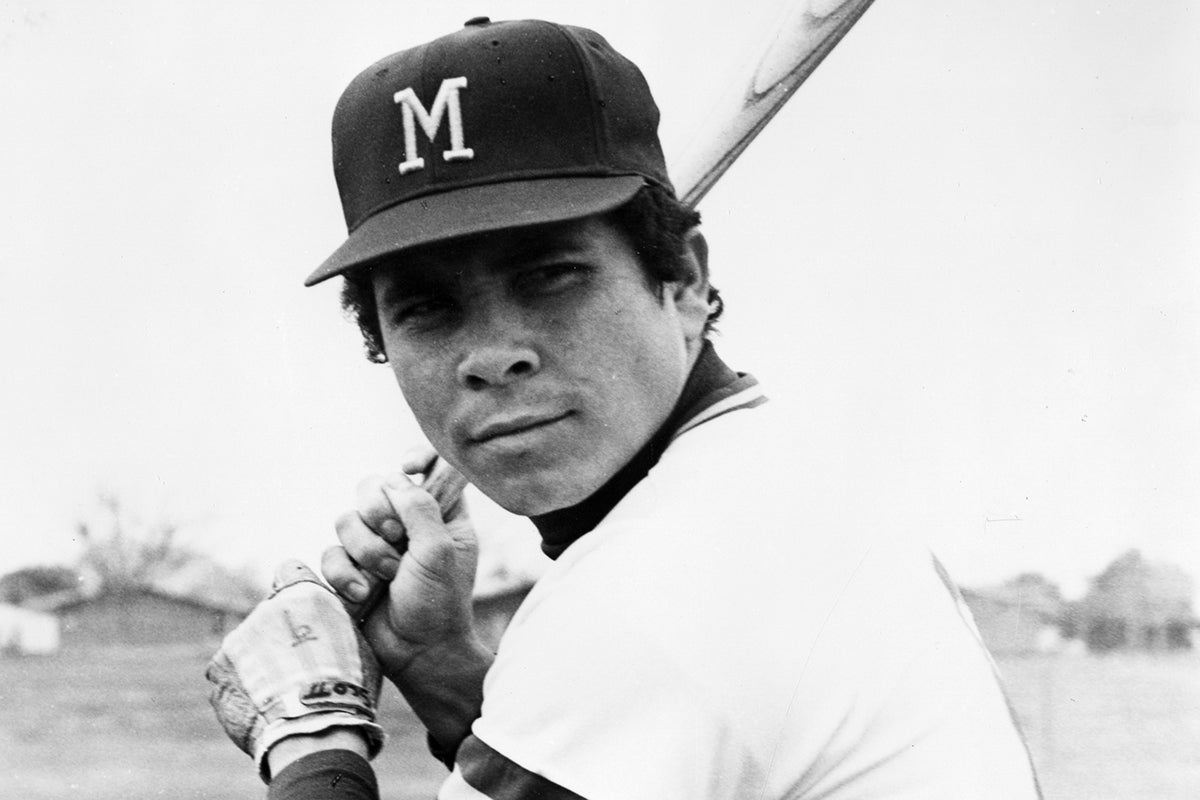
By then, Rodríguez was a member of the Brewers – a team he joined on Feb. 2, 1971, when the Royals traded Rodríguez to the Brewers in exchange for utilityman Carl Taylor. He shared the Brewers’ catching duties with veteran Phil Roof until Roof was traded to the Twins in July, and Rodríguez finished the season with an AL-leading 41 caught stealings while ranking second in the league with a caught stealing percentage of 57.7 percent (3.3 points behind Munson).
That same year, Darrell Porter – the fourth overall pick in the 1970 MLB Draft – debuted with the Brewers. Despite Rodríguez’s strong defensive stats, Porter’s presence started the clock ticking on Rodríguez’s career in Milwaukee.
Porter began the 1972 season with the Brewers but was returned to the minors in May. At the same time, Rodríguez got red hot at the plate – he credited Brewers hitting coach Harvey Kuenn with much of the improvement – and was hitting .360 entering June. It marked a complete turn of events from earlier that spring when it looked like he might be traded.
“I had a horrible spring,” Rodríguez told the AP. “My father died in Puerto Rico, and then I had a bad hand. I couldn’t hit anything.
“I didn’t ask to be traded. I like it here, mainly because (Brewers general manager) Frank Lane has been like a father to me and treated me like a real human being. He told me not to worry, that I’d keep playing.”
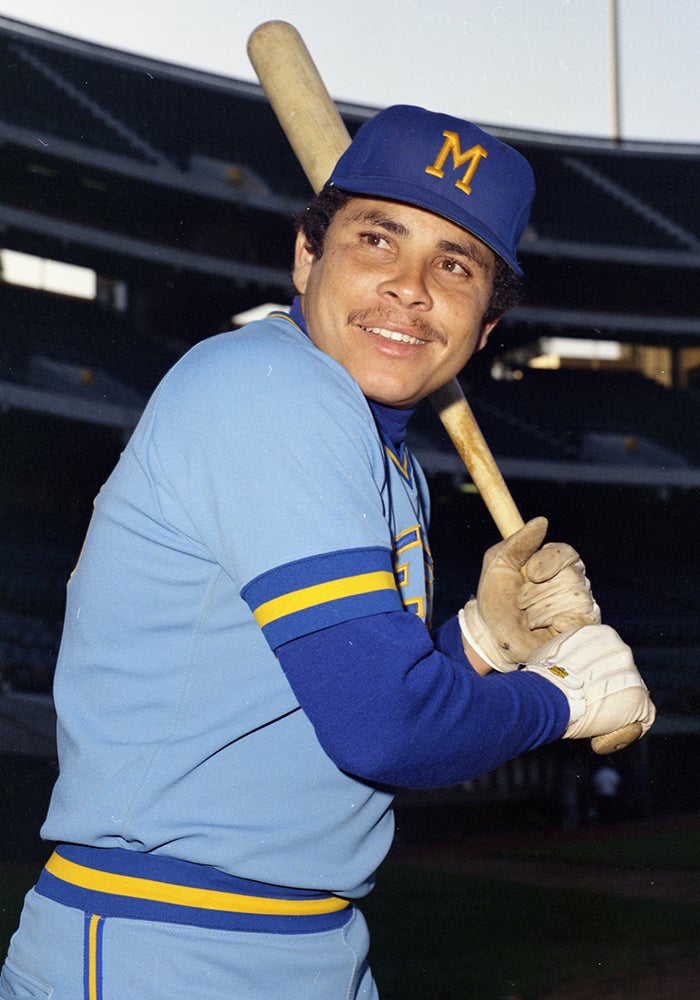
Rodríguez cooled off in the second half but still finished the year batting .285 with a .382 on-base percentage. He earned his second All-Star Game selection – though just like in 1969, Rodríguez did not play in the Midsummer Classic.
In 1973, the Brewers got off to a fast start – they were 37-31 and just two games out of first place on June 24 – as Rodríguez enjoyed his first taste of winning baseball at the big league level. But with Porter en route to a third-place finish in the AL Rookie of the Year voting, Rodríguez became the subject of trade rumors.
“(We have) as good a catching duo as there is in the American League,” new manager Del Crandall told the Kenosha (Wisc.) News. “But it made Ellie the subject of many trade talks.
“Ellie Rodríguez has been one of the team leaders – maybe the leader – in enthusiasm this year.”
But the enthusiasm waned when the Brewers went 37-52 over the season’s final three months to finish 74-88. Rodríguez batted .269 over 94 games and then was traded to the Angels less than a month after the season ended in a nine-player deal.
A few weeks later, the Angels traded Jeff Torborg – their starting catcher for much of 1973 – to the Cardinals, leaving Rodríguez as the catcher for a pitching staff that featured fireballers Nolan Ryan and Frank Tanana.
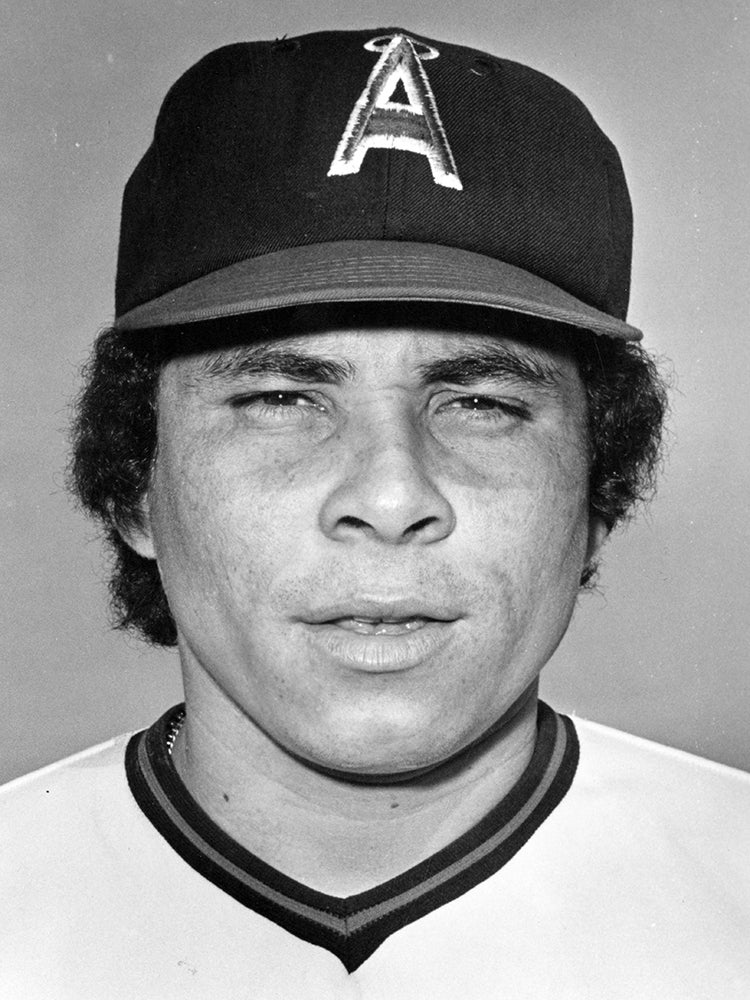
Rodríguez got the Opening Day nod in 1974, helping Ryan strike out 10 batters over eight innings in an 8-2 win over the White Sox. Rodríguez recorded hits in 13 of the Angels’ first 15 games and was in the lineup nearly every night, appearing in a career-best 140 games. He hit .253 while leading AL catchers in assists (75) and caught stealings (56) while throwing out 47.9 percent of runners who attempted to steal. He also posted career-highs in home runs (seven) and RBI (36).
“Ellie is in complete control during a game and that’s something we didn’t have here last year,” Angels pitcher Bill Singer told the San Bernardino (Calif.) County Sun. “You can leave a lot of the thinking up to him.”
But midway through the season, the Angels replaced manager Bobby Winkles with future Hall of Famer Dick Williams. Rodríguez and Williams did not get along, setting the stage for less playing time for Rodríguez in 1975.
When Rodríguez did play, however, he helped make history. On June 1, Ryan pitched a no-hitter against the Orioles to tie Sandy Koufax’s career record of four. Rodríguez said he knew a no-hitter was imminent before the game even started.
“Ryan came up to me before the game and said: ‘Are you catching today?’” Rodríguez told the AP. “I said ‘Yeah’ and he handed me one of those real small toy baseballs and said: ‘I will be throwing these today.’
“He sure was. Everyone was thinking no-hitter.”
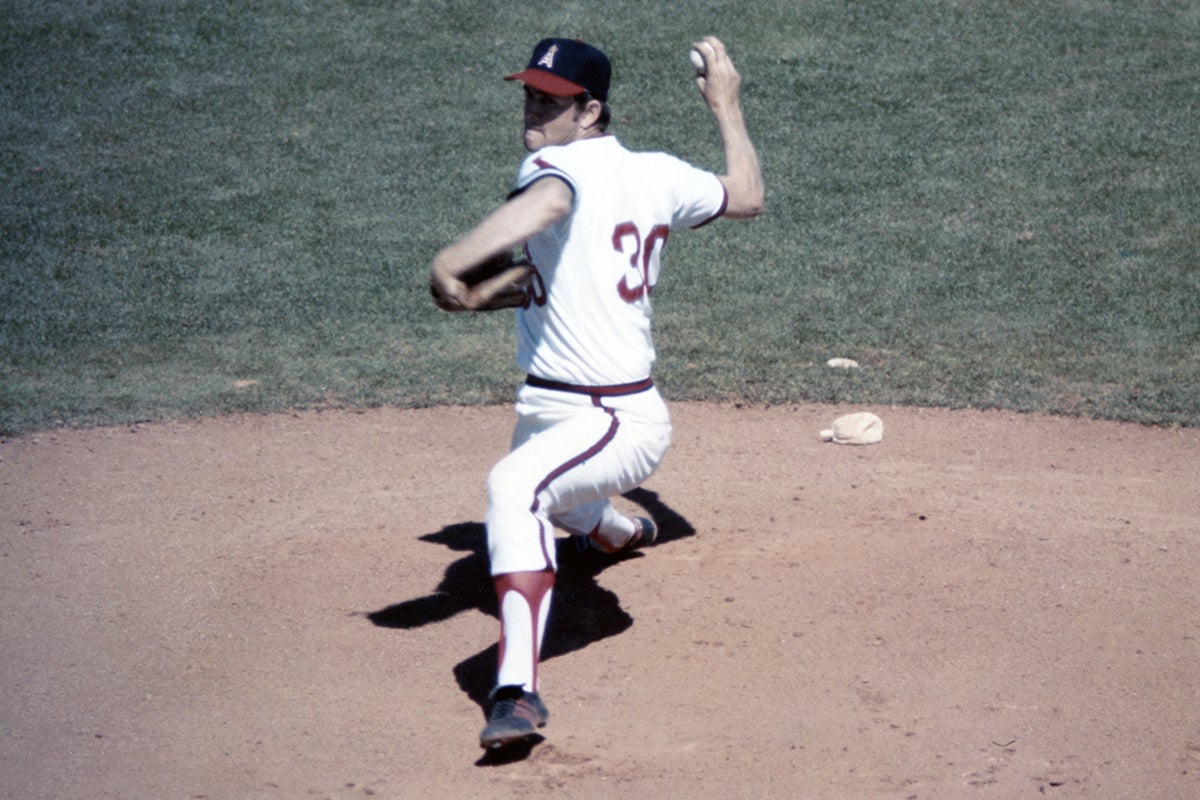
It marked the highlight of a season where Rodríguez hit .235 (albeit with a .380 on-base percentage) over 90 games.
On March 31, 1976, the Angels traded Rodríguez to the Dodgers in exchange for outfielder Orlando Álvarez, who would play a total of 25 games in the big leagues.
“Right now, we’re thinking of Ellie Rodríguez as strictly a backup catcher,” Dodgers general manager Al Campanis told the Los Angeles Times. “We had no other purpose in mind. But, of course, it does facilitate another deal.”
That deal would be a rumored trade that was to send catcher Joe Ferguson to the Mets for Tom Seaver or to the Cardinals for Reggie Smith. The Seaver deal was never consummated but the Ferguson-for-Smith swap took place on June 15.
Meanwhile, Rodríguez served as Steve Yeager’s backup for most of the season, appearing in just 36 games while batting .212 (but again reaching base regularly with a .400 OBP).
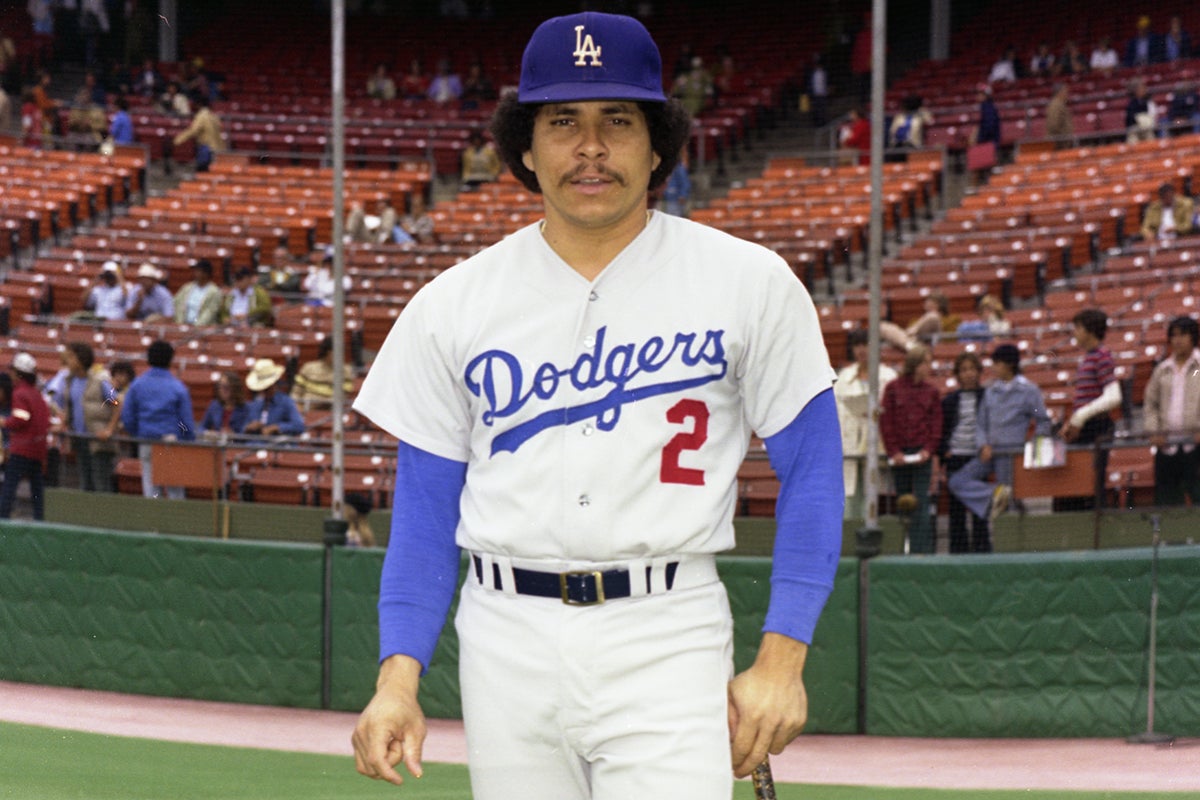
Rodríguez broke his collarbone playing in the Puerto Rican Winter League following the season and began the 1977 campaign on the Dodgers’ disabled list. On May 2, the Dodgers released Rodríguez.
He hooked on with the Pirates a few weeks later and played 49 games that summer with Triple-A Columbus. But he never returned to the big leagues.
Rodríguez’s playing career ended in 1982 after four seasons in the Mexican League. He tutored young ballplayers for years as a high school coach in Puerto Rico and also worked for the independent Atlantic League, recruiting Latin American players.
In his nine big league seasons, Rodríguez hit .245 with a .356 on-base percentage over 775 games. And though his defensive skills overshadowed his bat, Rodríguez posted offensive numbers that – through the prism of modern metrics – prove he was much more than just a valuable backup.
“Any catcher who is playing every day and hits .250,” Rodríguez told the Wichita (Kan.) Beacon, “can consider himself having a good year.”
Craig Muder is the director of communications for the National Baseball Hall of Fame and Museum

